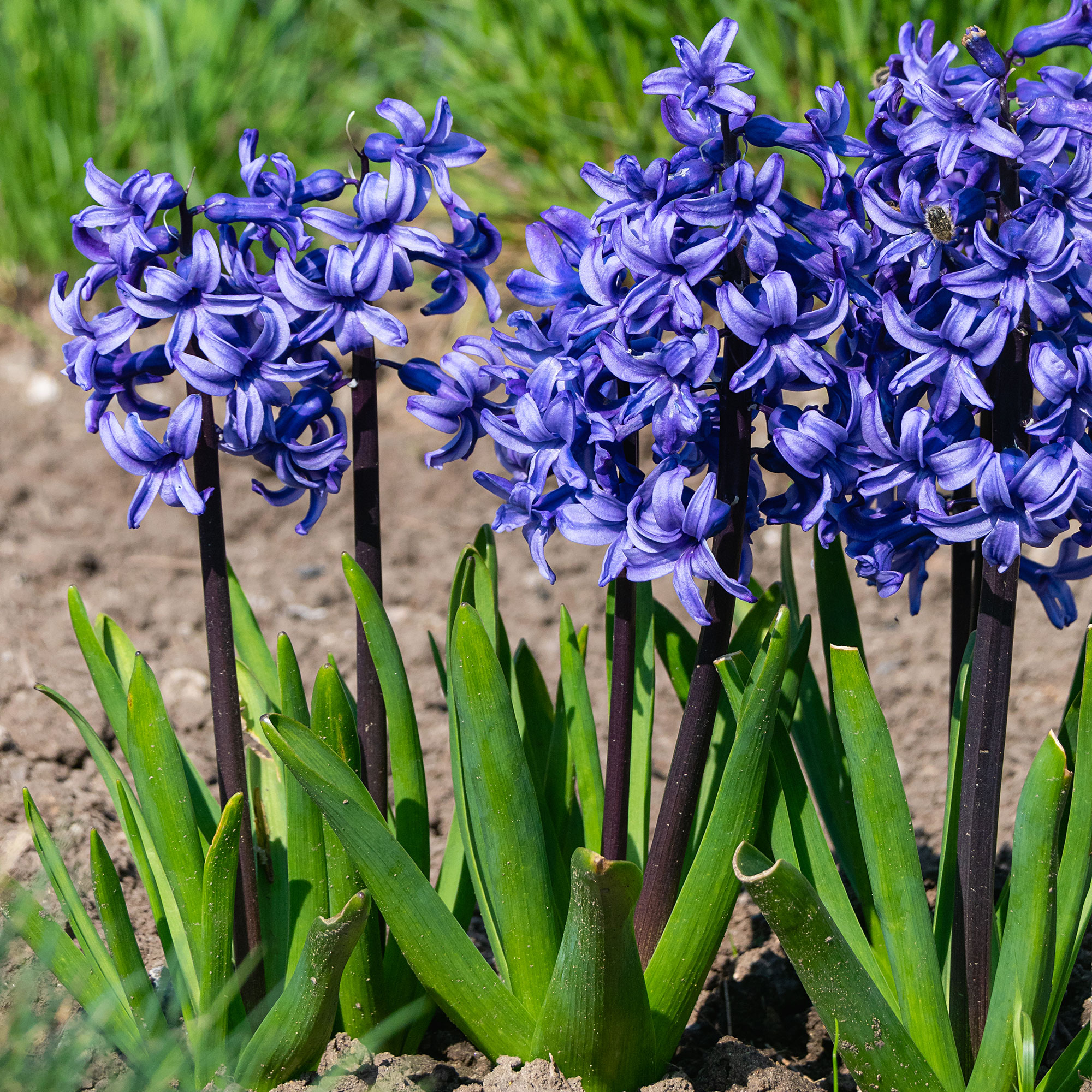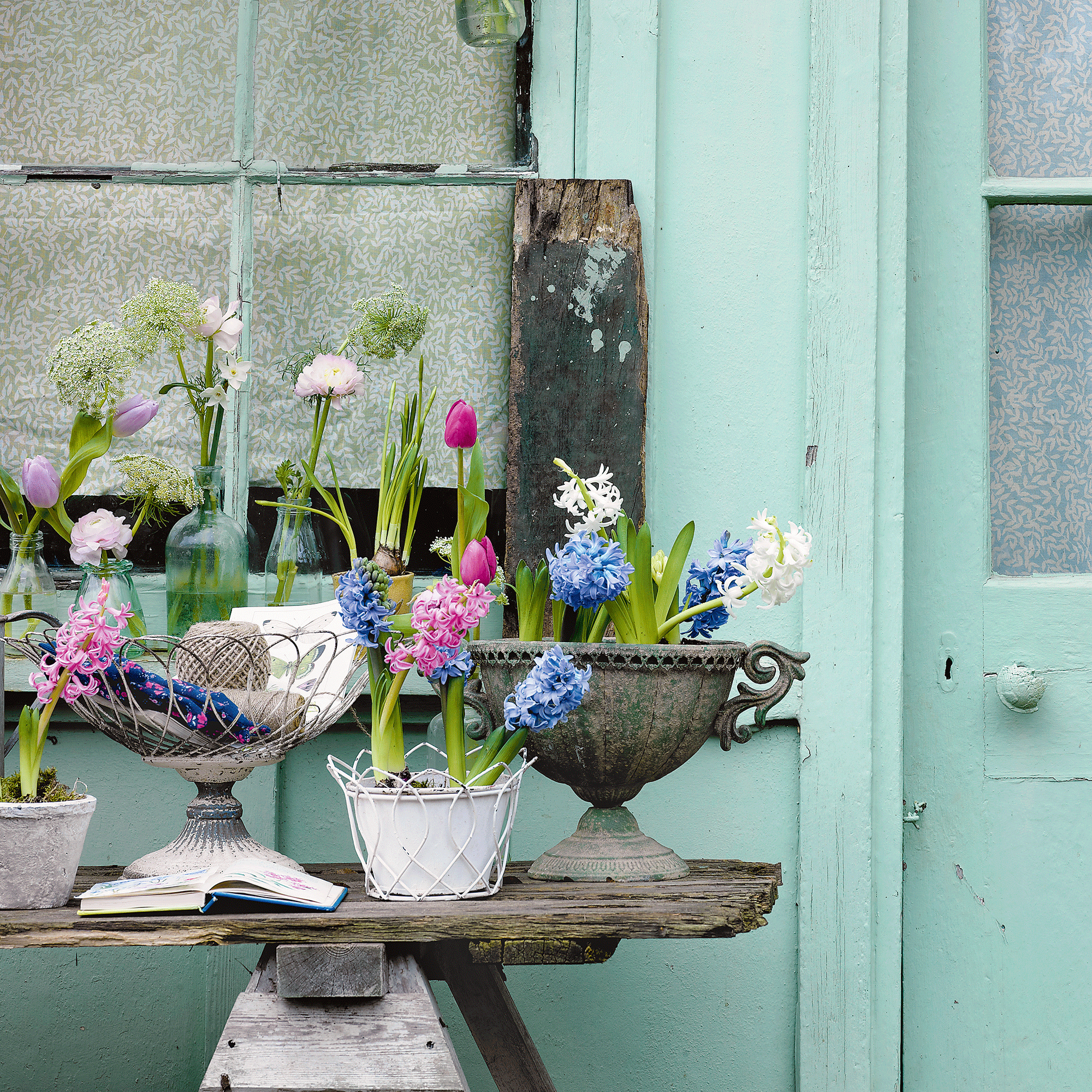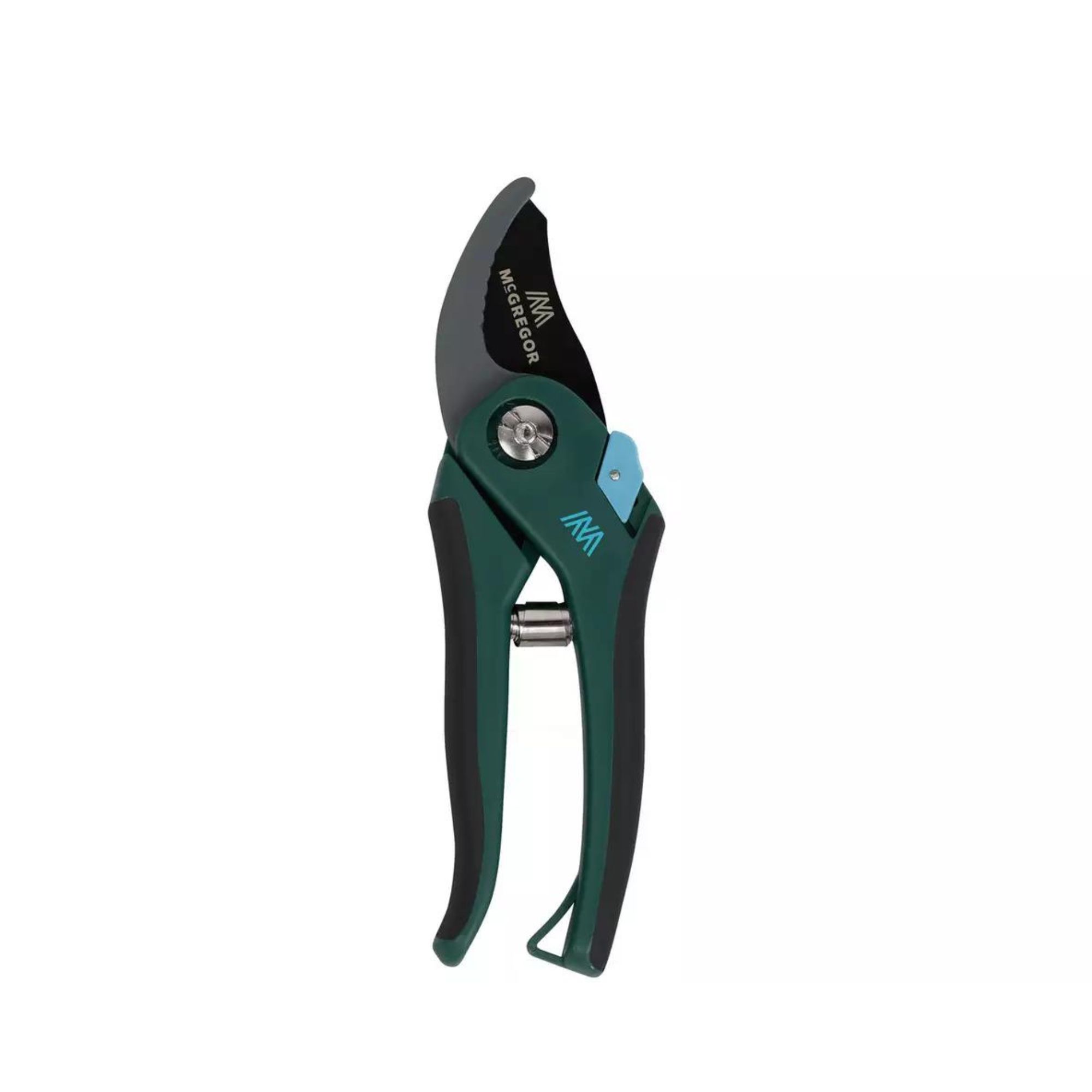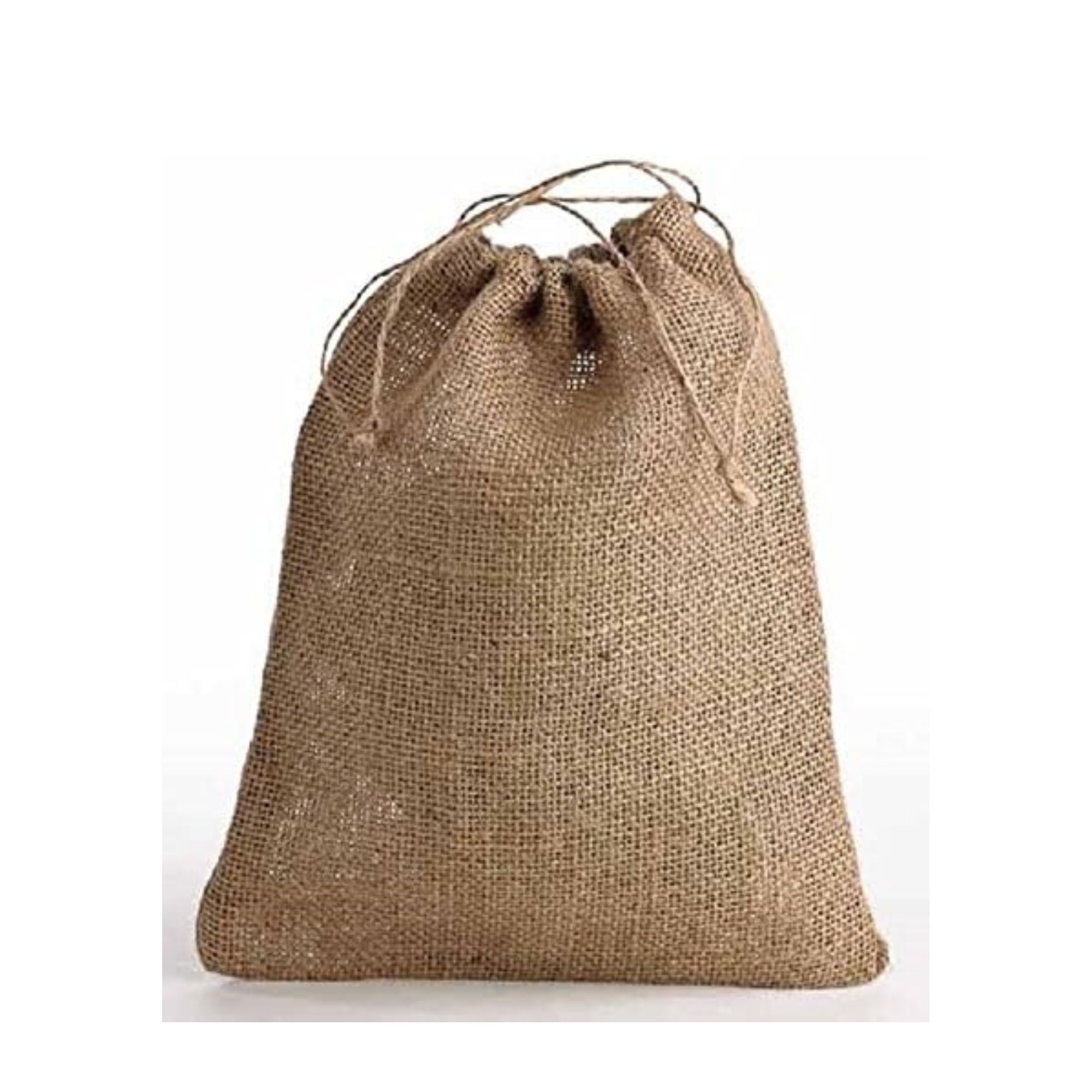What to do with hyacinths after flowering to help them grow back bigger and better next spring
One wrong move could result in smaller blooms next year


With their fragrant scent and their colourful flowerheads, hyacinths are a popular spring flower. But after a short blooming period of just two to three weeks, their flowers start to fade and the foliage starts to look messy. So, what do you do with hyacinths after flowering?
A common choice for many people’s garden ideas, hyacinths can add much-needed vibrancy to an outdoor space - or even an indoor windowsill. They’re easy to grow in garden border ideas or as part of an indoor container garden, but the perks of growing hyacinths can be short-lived.
By the time you’ve mastered when to plant hyacinth bulbs and how to plant hyacinth bulbs, the months have passed, the flowers have bloomed, and their once-bright and bold colours have faded. And while you may feel the urge to cut them back straight away, experts urge you to have a little patience with hyacinths after they’ve bloomed.
What to do with hyacinths after flowering
It’s always a sad sight when your hyacinths stop flowering, but tending to your spent hyacinths is a very easy process. In fact, if you’ve already mastered what to do with daffodils after flowering and what to do with tulips after flowering, you should have no problems at all.

First of all, you need to remove the faded flowers. John Clifford, gardening expert at Gardenstone, explains, ‘Once the flowers have faded, snip off the flower stalk at the base to prevent the plant from using energy to produce any seeds.’
Then, you can simply pop the dead flowers onto your compost heap, allowing you to use fresh compost later to fill your raised garden beds.
With the spent flowers removed, your green-fingered instincts may push you to cut back the leftover hyacinth foliage. However, experts advise against this. By keeping the foliage intact for a few weeks, you can give your hyacinths the best chance of survival for next year.
Sign up to our newsletter for style inspiration, real homes, project and garden advice and shopping know-how
Craig Morley, gardening expert at Budget Seeds, says, ‘Do not cut the foliage back, as this will help to feed the bulbs for the following year. Try not to bend or break any of the leaves, as this will affect the amount of energy that the plant is able to store up to use in its next flowering cycle.’

In fact, this is an essential stage of the process, no matter whether your hyacinths were planted in the ground or in indoor containers. That’s why it’s also a good idea to move your container hyacinths outside into the sunshine during this stage while maintaining a strict watering and fertilising schedule.
‘If grown in a pot, move the pot outside or to a sunny place and keep watering the plant once a week,’ explains Craig. ‘Do not water too vigorously, however, as this can make the bulbs more prone to bulb rot. You can also fertilise the plants with liquid seaweed every two weeks to help with bulb formation.’
After six weeks, you should find that the foliage of your hyacinth plant starts to turn yellow. When this happens, you can finally cut the leaves back to ground level with clean secateurs or garden scissors. Then, you need to focus your attention on the bulbs.

John says, ‘If you have well-draining soil, then your hyacinth bulbs are likely able to stay in the ground until next year.’
Just make sure that they don’t get too wet, as hyacinth bulbs are susceptible to rot when they are exposed to too much water. And if you’re worried about the quality of your soil, you should lift up your bulbs and store them in a hessian bag in a cool, dry location.
If you have grown hyacinths in pots, the same rules apply. You could leave the bulbs in the pots and move the pot into a dry, dark space over the winter, or you could pull them up and store them instead. The choice is yours.

Craig Morley is the Head Of Sales and Operations at Budget Seeds, with a number of years of experience in the gardening and agriculture industry. Working alongside hundreds of different plant varieties every day, Craig has amassed a wealth of knowledge on each, making him a valuable asset to both the gardening industry and home gardeners alike.
What you'll need
FAQs
Can I keep hyacinth bulbs for next year?
Yes! Hyacinth bulbs will flower year after year as long as they are looked after properly and are given enough time to absorb energy after flowering.
While you can leave hyacinth bulbs in the ground or in a pot, you also have the option to pull them up and store them in a hessian bag over the winter months.
What to do with potted hyacinth after flowering?
After your potted hyacinth has flowered, you should cut off the spent flowerhead from the base of the stalk and then move the pot to a sunny spot in the garden. This will allow the plant to absorb and store as much energy in the bulb as possible to ensure bigger and brighter blooms next year.
When the foliage has turned yellow (around six weeks later), you can then cut down the foliage and either leave the bulbs in the pot or pull up the bulbs and store them in a dark place.
So, keep an eye on your hyacinths and make sure you follow these rules when you notice the flowers start to fade.

Lauren Bradbury has been the Content Editor for the House Manual section since January 2025 but worked with the team as a freelancer for a year and a half before that. She graduated with a Bachelor’s degree in English and Creative Writing from the University of Chichester in 2016. Then, she dipped her toe into the world of content writing, primarily focusing on home content. After years of agency work, she decided to take the plunge and become a full-time freelancer for online publications, including Real Homes and Ideal Home, before taking on this permanent role. Now, she spends her days searching for the best decluttering and cleaning hacks and creating handy how-to guides for homeowners and renters alike, as well as testing vacuums as part of her role as the Ideal Home Certified Expert in Training on Vacuums, having spent over 110 hours testing different vacuum models to date!


